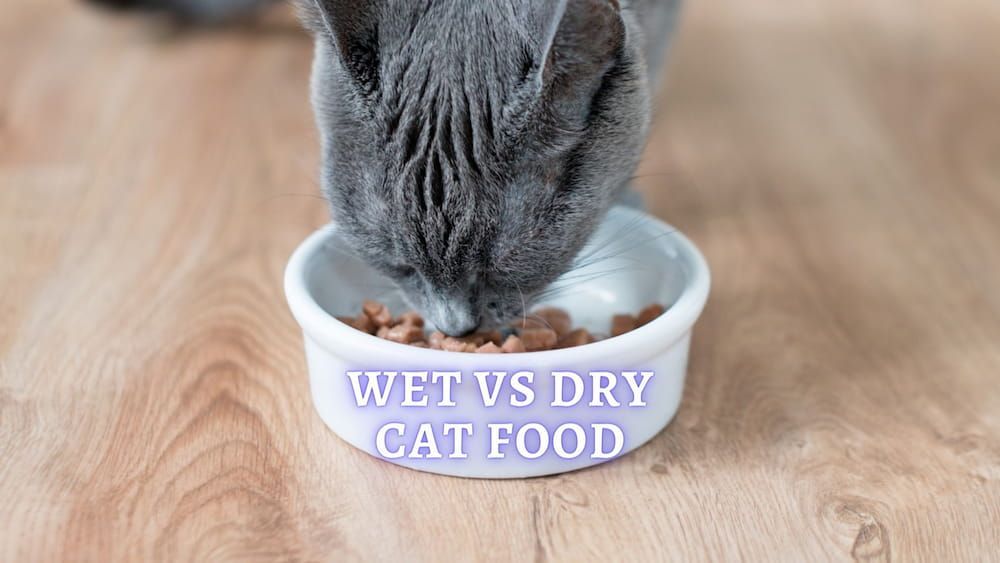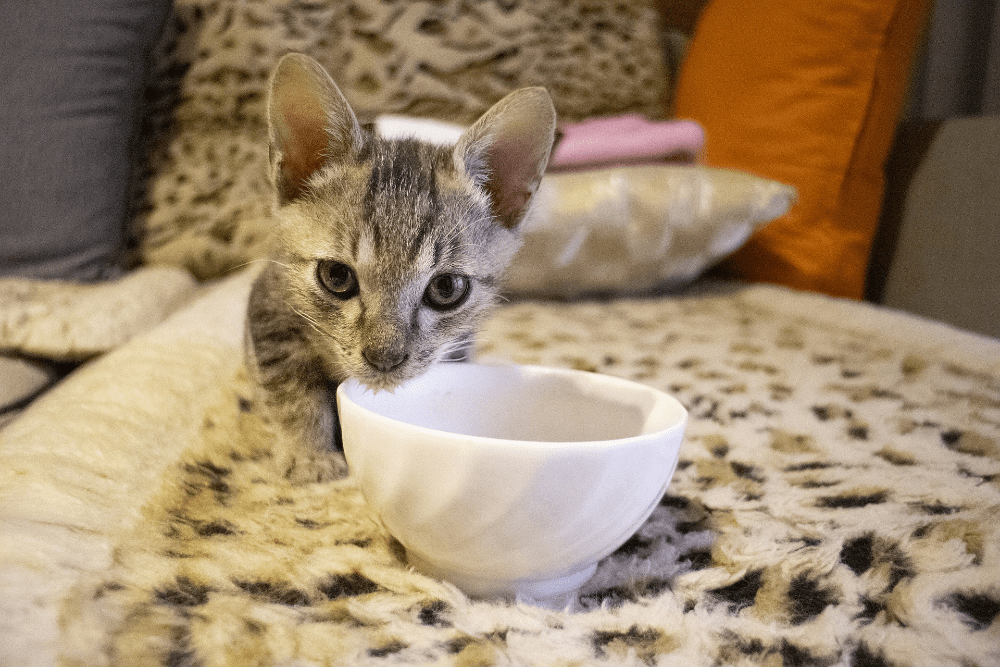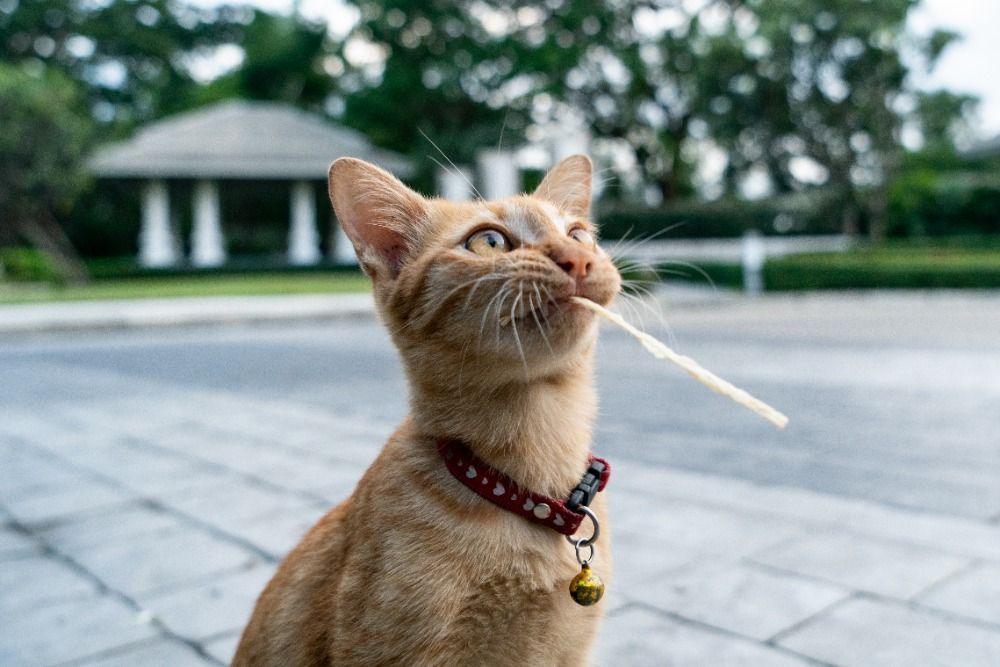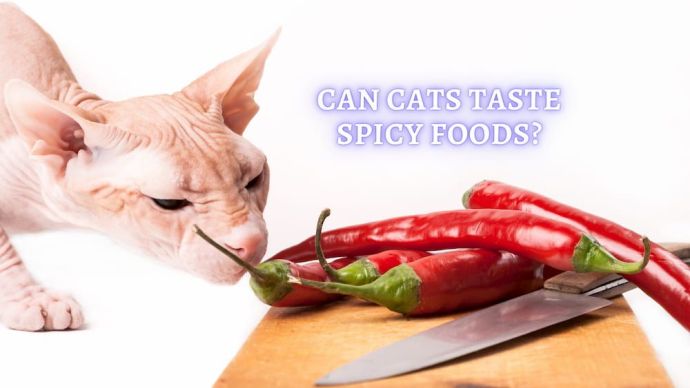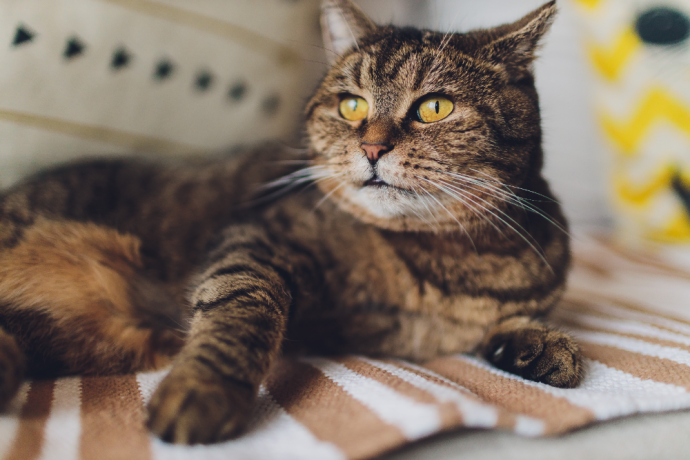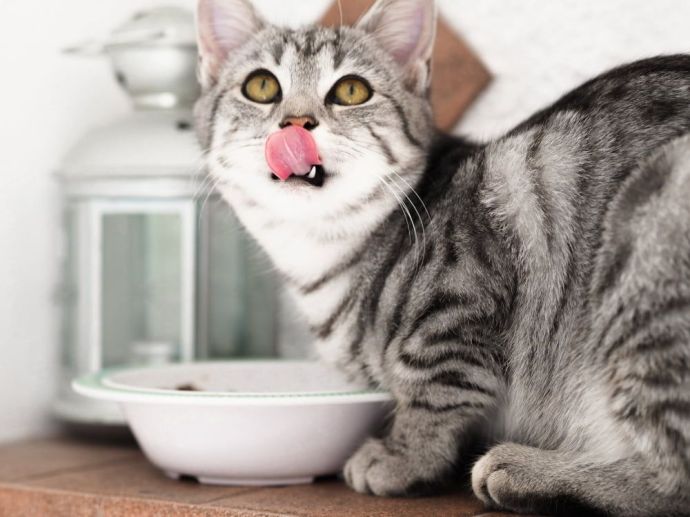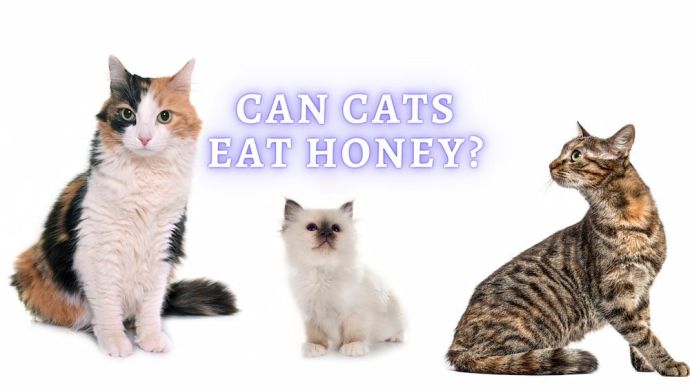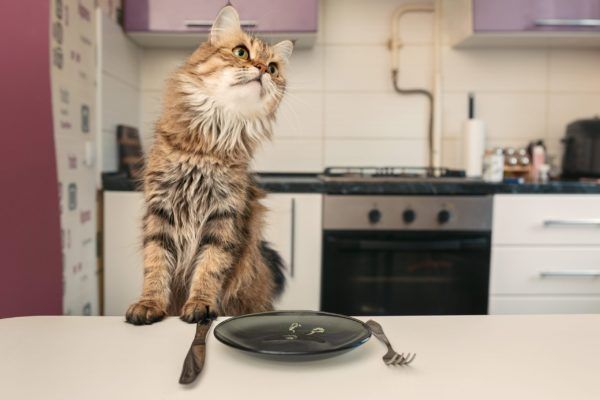Wet vs Dry Food for Cats: Pros and Cons
Written by:
Author: Alina Andreeva
Alina A. is a professional writer, editor, and pet-lover. She has published over 50 articles on how to care for pets properly. Alina has been writing articles for 3 years, so she has considerable experience in this niche. Her natural curiosity helps her to expand her knowledge and learn new pet care life hacks, which will make your life much easier.
View all 79 articlesLearn about our editorial process and veterinary review board.
Reviewed by:
Veterinary review
by Dr. Kathryn Dench
Dr. Kathryn Dench is an experience veterinary with over 10 years' experience in small animal and exotic pet medicine. Kate qualified from Cambridge University Veterinary School in 2007. Kate has worked in a number of veterinary practices in the UK. She has extensive experience in the medical care of pet species, from dogs and cats to chickens and chameleons! In free time, Kate writes pet advice in order to ensure that owners are receiving the best possible information on how to care for their pets.
View all 9 articlesLearn about our veterinary review board
Viewed: 425
Updated on: 07/01/2021
When owners choose the type of food for their cat, they often hesitate between canned and dry food, wondering which one to go for in terms of benefits for the pet. The advantage of commercial food does not depend on the type but on the composition of the product. Both dry and wet foods have their pros and cons — let’s try to figure them out.
READ MORE: Best Wet Cat Food
Pros and Cons of Wet and Dry Cat Food
1. Water Content
This is the main difference between dry and wet foods. The former has very little moisture – less than 10%, while the latter are close in their content to natural food for animals and consist of about 70% water. The natural moisture content makes wet food smell more durable, and many cats eat wet food more eagerly than dry. They are genetically accustomed to such food, but the humidity does not affect the digestibility of useful nutrients.
Whether you have chosen wet or dry food for your pet, you need to make sure that your cat has constant access to clean, freshwater. Cats eating wet food can get a portion of their daily water needs from the food they eat, but cats on a dry diet should carefully monitor that it drinks enough water. Not taking in enough water can predispose your cat to urolithiasis (urine crystals), which is more common in cats eating dry diets.
2. Good and Balanced Nutrition
Your cat’s diet needs to contain all the nutrients — macro- and micro elements, vitamins, and fiber. Commercial foods that meet these criteria are labeled as “complete” diets. Other foods and treats are considered “complementary”, meaning that while they contain some nutrition elements, they cannot provide a balanced diet and should not be fed as a sole food source.
If you compare dry and wet foods that have been declared by manufacturers to be complete diets, then what we have already identified as the main criterion comes to the fore — the composition of the product. Here, the same requirements for both wet and dry foods: food for cats as carnivores should be based on meat. The higher the proportion of meat ingredients, the better. The composition varies between brands, and it is not right to assume that wet food has a higher meat content than dry food: there are high-quality dry foods, consisting of 75% –85% animal protein, which is healthier for cats than certain canned foods that contain practically no meat.
To understand all this, you should look not at the beautiful pictures and inscriptions on packages but at the list of ingredients. It immediately becomes clear how much meat there actually is in a product.
4. Teeth Cleaning
The role of food type in teeth cleaning is a controversial issue: some veterinarians believe that crunching on dry food helps cleanse teeth from plaque, while others object that the contact of the enamel surface with a granule is so short, and a pellet crumbles so quickly that dry food does not bring any particular benefit to teeth cleaning.
As for wet food, it cannot mechanically clean the cat’s teeth; therefore, owners need to take preventive measures to maintain the health of the pet’s oral cavity.
RELATED: Best Dry Cat Food
5. Storage Life of Food
Although this factor seems to be secondary, it comes to the fore when you need to leave food to your pet for half a day while you are away. With a dry diet, this is easy to do — but half the daily allowance into a bowl and relax. If you choose a wet diet, it is more complicated. Wet food retains its palatability in a tank for a short time — it dries quickly and even deteriorates at high air temperatures.
The same applies to long-term storage. If dry food is tightly wrapped and put in a cool, dry place, it does not lose its quality for up to two months. If you open canned food, keep it in your refrigerator for no more than a day.
5. Price
Cat food prices vary according to brand and according to quality. In general, feeding your wet cat food is more expensive than giving it dry food. Due to the high moisture content, their daily intake is much higher.
Some owners mix canned food with boiled cereals, but they thereby upset the balance of the cat’s diet.
5. The Quality of Ingredients
Many think that wet food is more natural than the dry one, but this is a subjective opinion. The contents of a can seem to be more attractive and “edible” than dehydrated granules. Manufacturers diligently support this impression by creating feeds that resemble pieces of meat in sauce, that is, delicious dishes from a human table.
However, if you look at the composition of the product, you will understand that these slices are made from a mixture of different ingredients similar to that of dry food. So there is no fundamental difference between them.
Thus, if you want to decide which food is better, dry or wet, you should pay attention not to the marketing and form of a product but only to the list of ingredients. Both wet and dry foods should be based on meat, and that is what you should look for in the ingredient list.
Cats can eat dry food all their lives without any harm to their health. A dehydrated diet is absorbed as well as a wet one. Except for rare cases, for example, there is no indication that it is necessary to feed a pet with wet food during the postoperative care of an animal.
READ MORE: Why is my Kitten Throwing Up?
How to combine canned food with Dry Food?
Some owners choose to feed their cats a mixture of wet and dry foods. Having selected high-quality wet and dry foods, you should decide on what proportion you will feed them. As long as both foods are complete diets, the actual percentage is not so significant — it can be 50:50, or 80:20 — whatever you like.
The main thing is to check your cat’s daily allowance of each diet, and then work out the proportion of wet and dry food to calculate the exact number of grams to feed. The daily benefit is usually apparent on the label of the food. So for a cat whose daily allowance of a dry diet is 60 grams, but the menu will be fed 50:50 with wet food, their daily amount of the dry food becomes 30 grams.
Some owners feed their cats the full daily allowance of dry food and give wet food as an additional treat, but we highly recommend not doing this. This is a direct way of overfeeding your pet, resulting in excess weight gain and consequent health issues. If your cat is the fussy type, they can also end up refusing dry food, continually asking for wet food and will drive you crazy with its meowing!
So our recommendations are to determine the daily allowance of wet and dry food in the ratio that you want to adhere to, and not give anything in excess, to keep your cat healthy and happy.
When you choose one type of food that suits your cat, do not change it, and jump from one brand to another. Cats digestive systems can be easily upset by a sudden change in diet, so if you have successfully chosen a right quality product that suits your cat, try to stick to feeding that one to your pet.
READ MORE: Best Flea Treatment for Cats
The bottom line
We have looked at the main advantages and disadvantages of different types of food. By taking these points into consideration, you can decide which food is better for your pet, dry or wet. Choose a high-quality diet with a high content of meat ingredients that contains all the nutrients your pet needs.
 Cat Veterinary Tips Dehydration in Cats: Causes, Signs, Symptoms, and Treatment
Cat Veterinary Tips Dehydration in Cats: Causes, Signs, Symptoms, and Treatment - 411
- 0
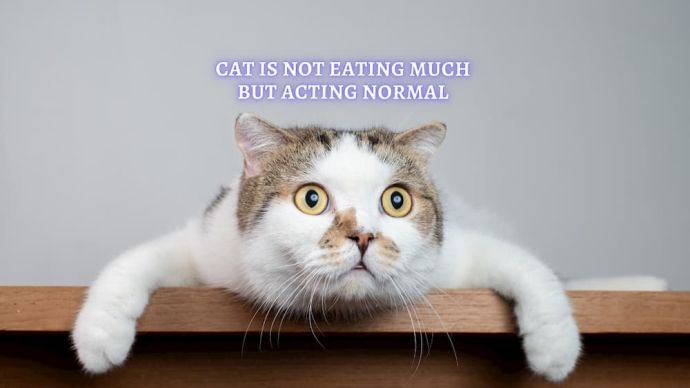 Cat Diet & Nutrition My Cat not Eating much but Acting normal: Reasons and Solutions
Cat Diet & Nutrition My Cat not Eating much but Acting normal: Reasons and Solutions - 12782
- 0
 Cat Care Why Does My Cat Attack My Legs? 10 Reasons Why and What To Do About It (Vet-Approved Advice)
Cat Care Why Does My Cat Attack My Legs? 10 Reasons Why and What To Do About It (Vet-Approved Advice) - 46013
- 21
 Cat Veterinary Tips Cat Stomach Gurgling: Vet Advice on Why is Your Cat Stomach Gurgling?
Cat Veterinary Tips Cat Stomach Gurgling: Vet Advice on Why is Your Cat Stomach Gurgling? - 36469
- 4
 Cat Veterinary Tips My Cat Lost its Voice: Can Cats get Laryngitis? (Vet Advice)
Cat Veterinary Tips My Cat Lost its Voice: Can Cats get Laryngitis? (Vet Advice) - 23554
- 13









